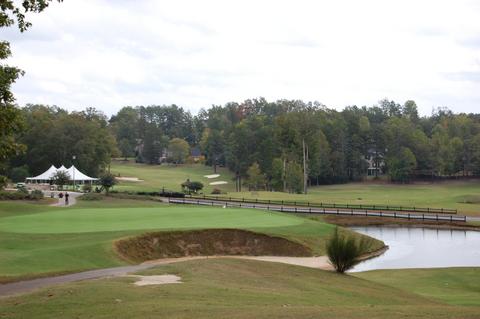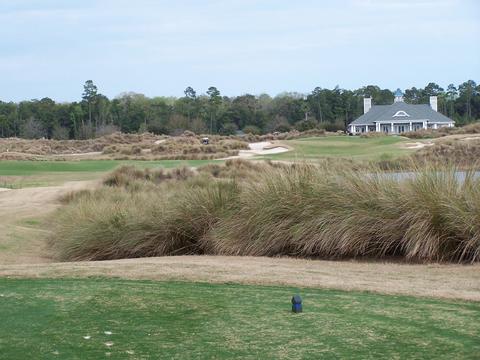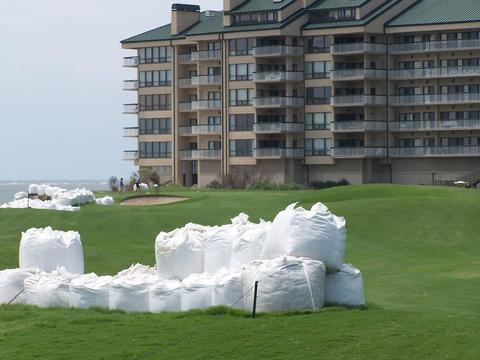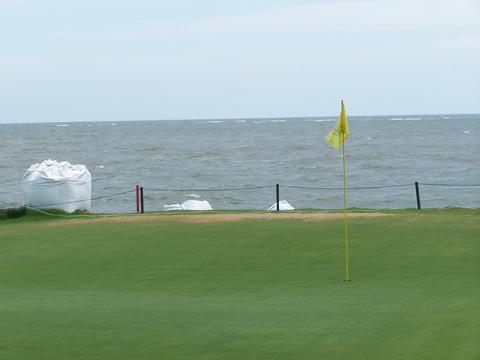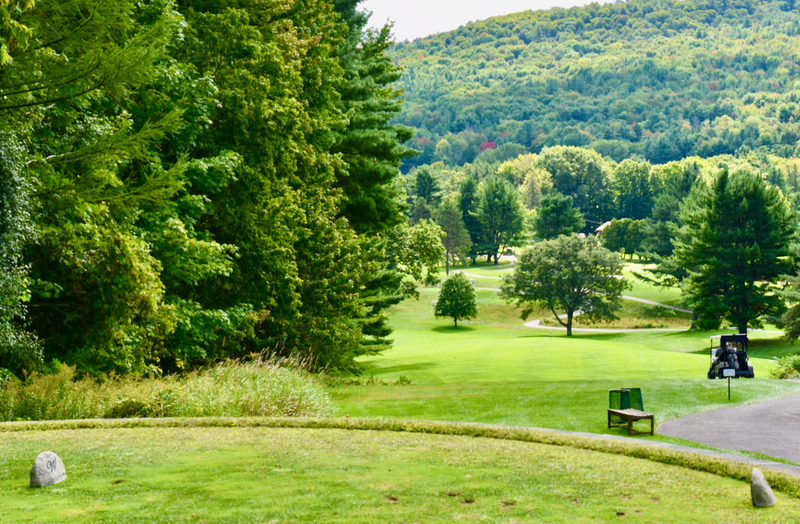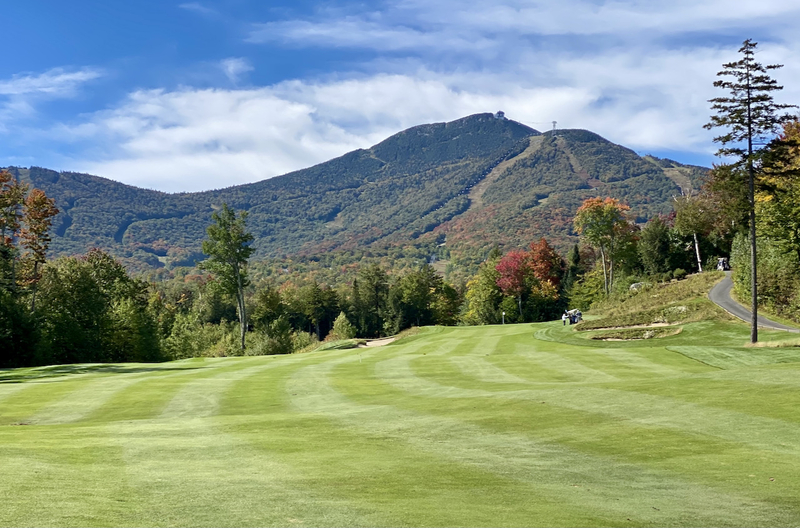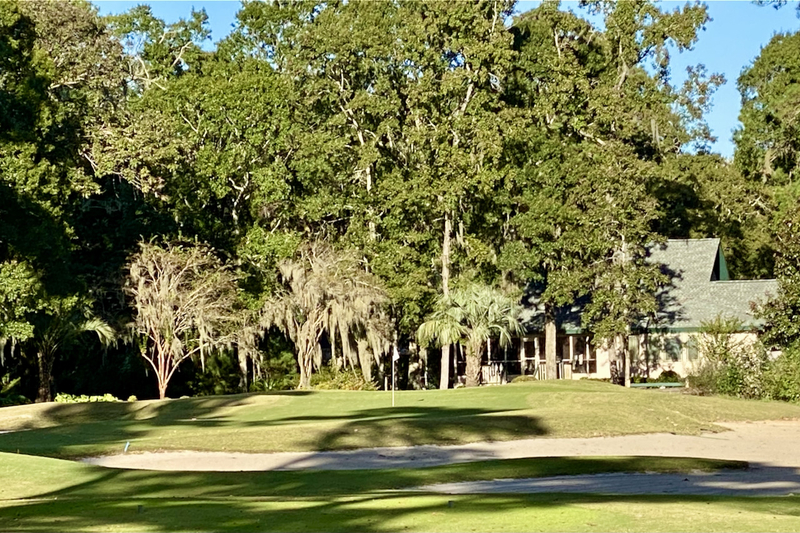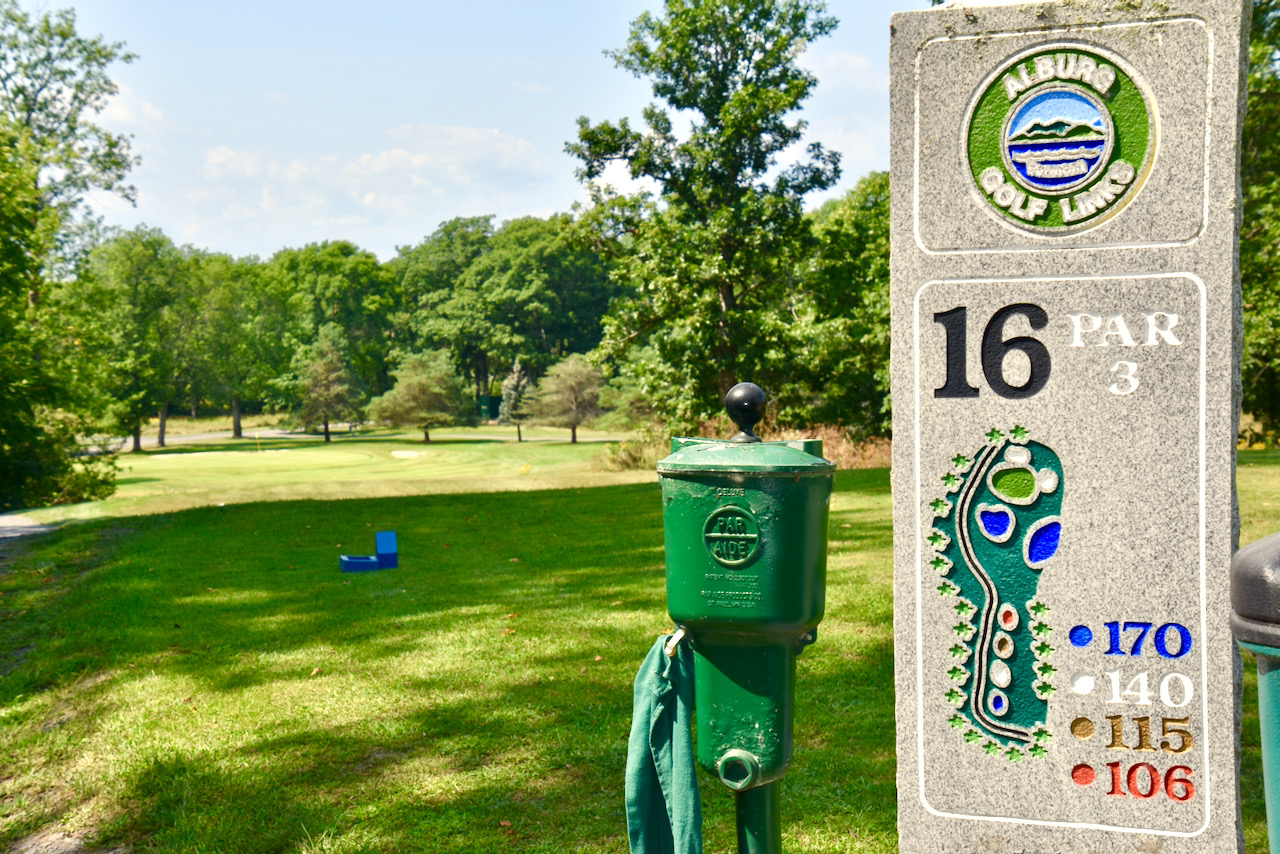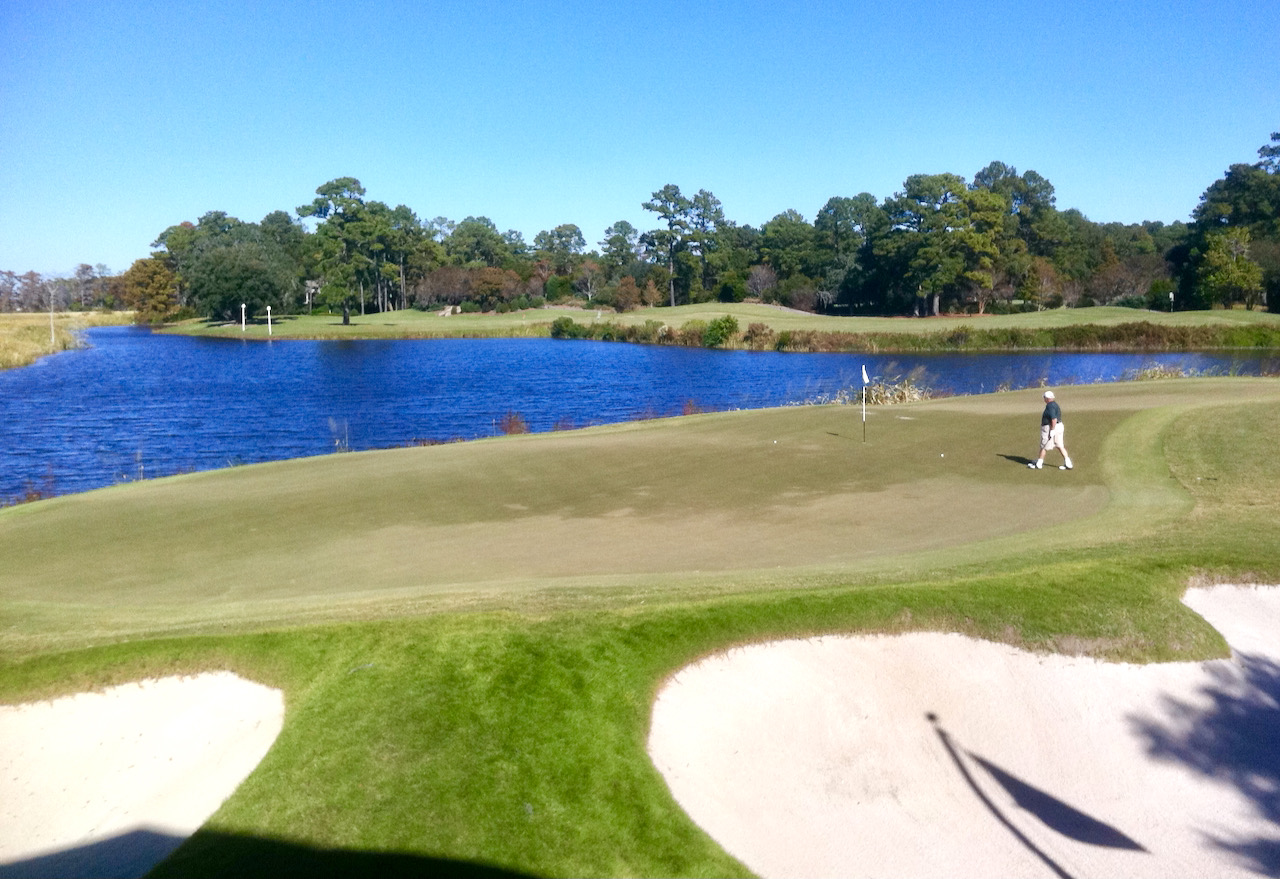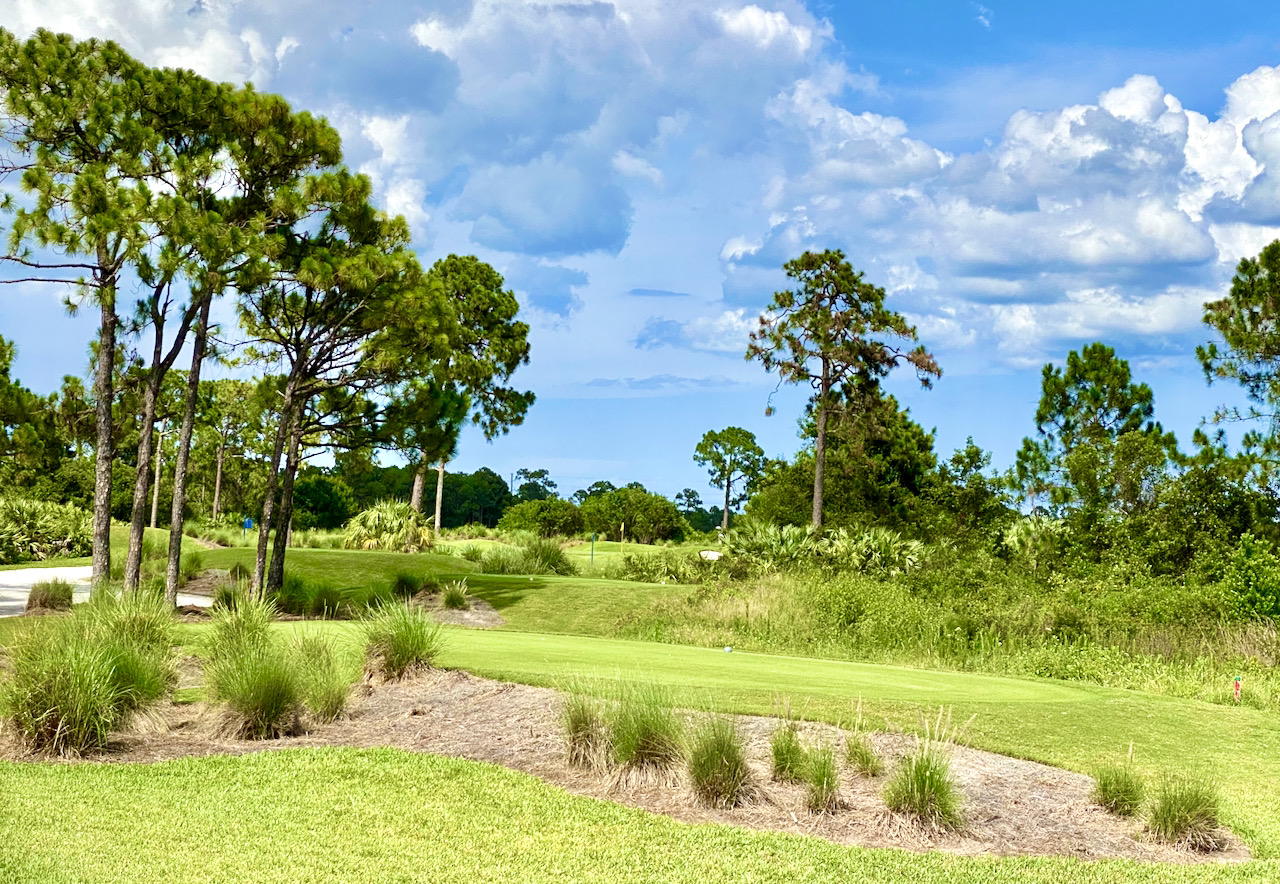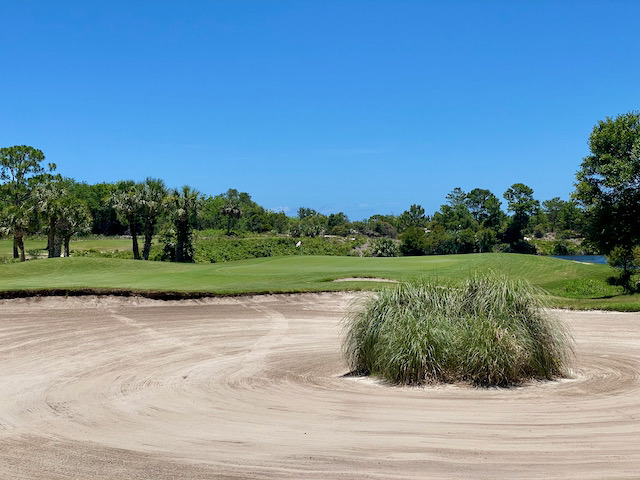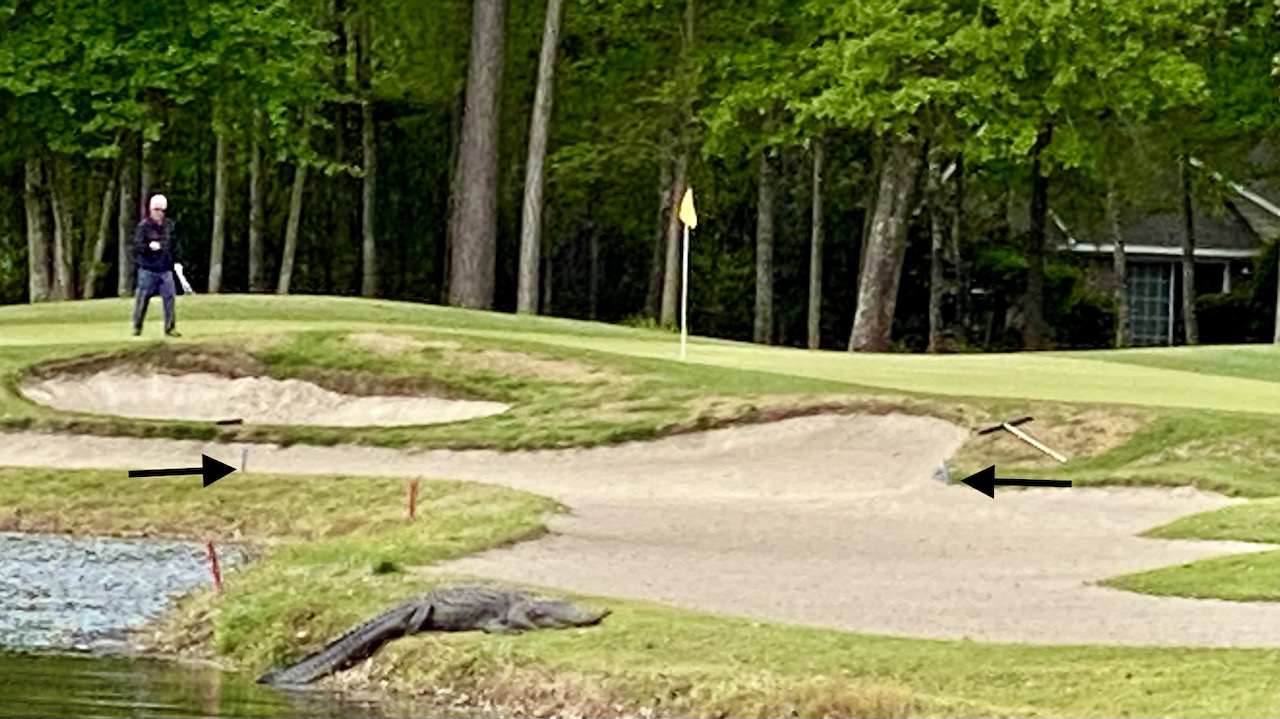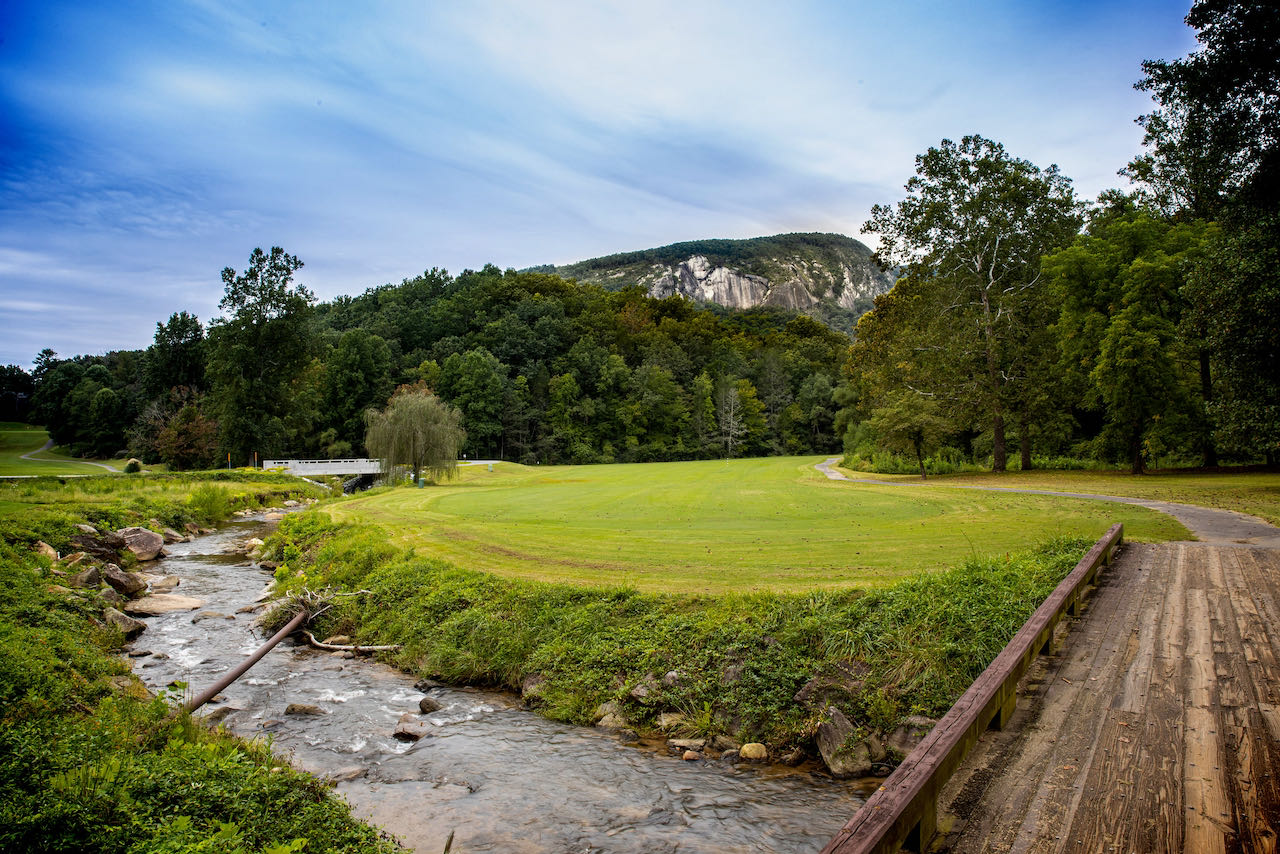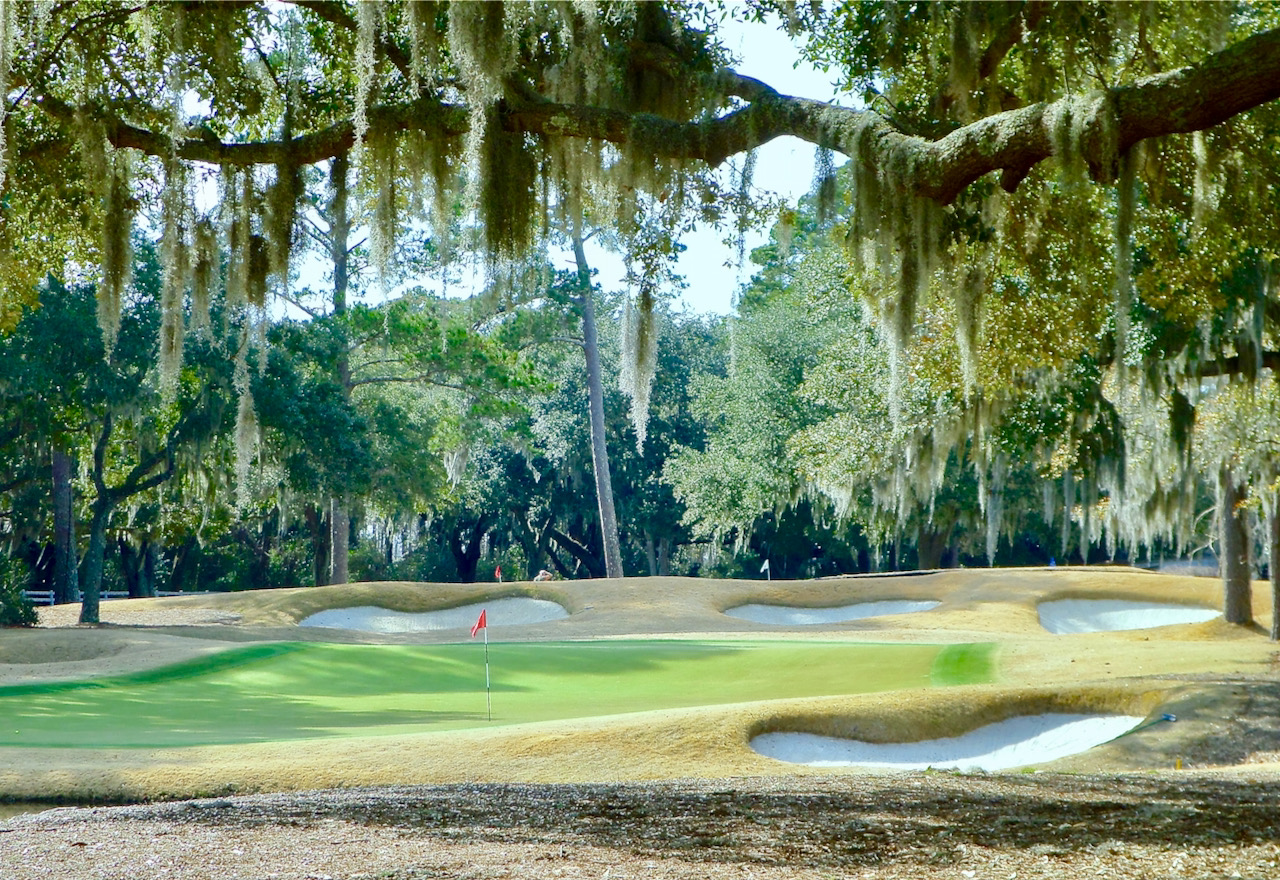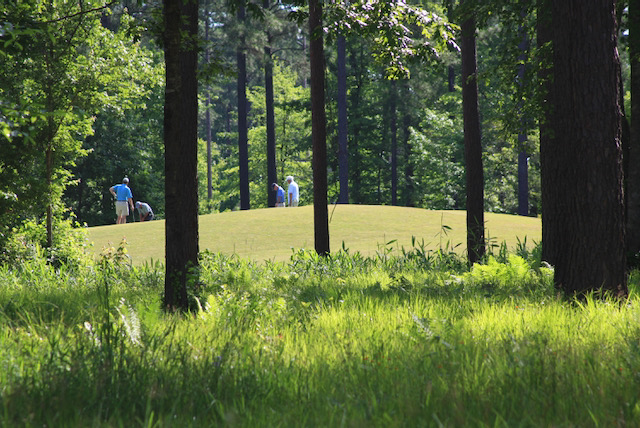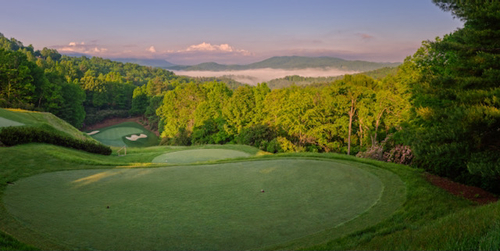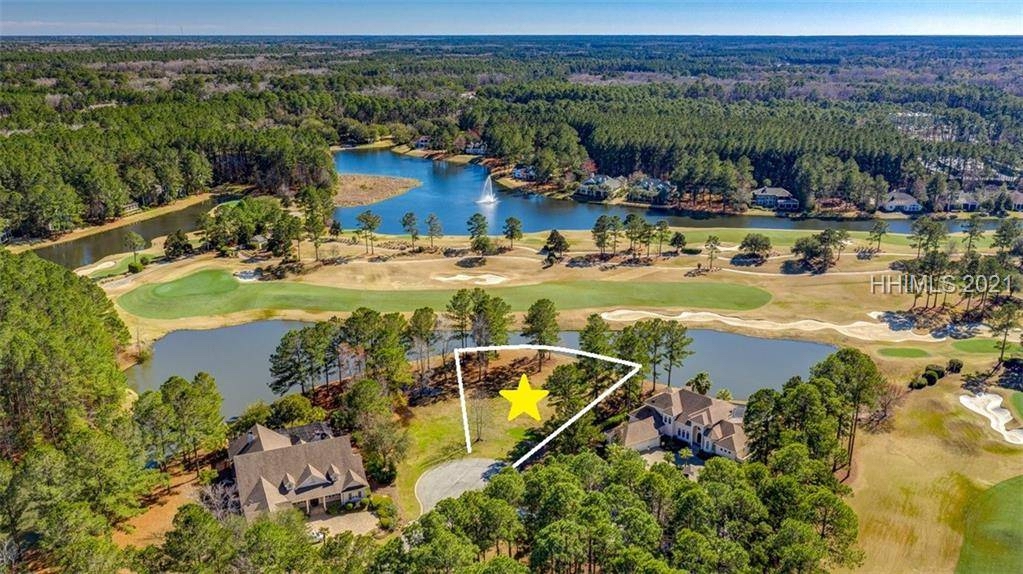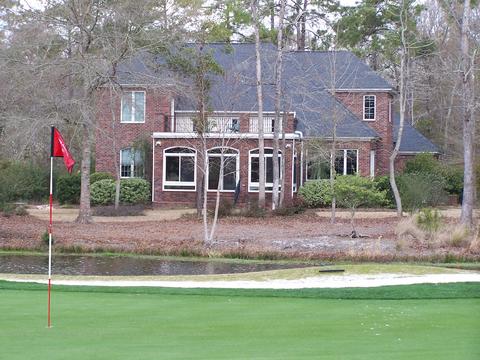
Canadians are a natural market for homes in the Low Country, like this one in Pawleys Plantation.
Open Letter to All Real Estate Agents Along the Carolinas Coast:
I was in my local Barnes & Noble Bookstore in Connecticut yesterday with my daughter, and I called over to her that maybe we should consider buying an audio book to listen to during our 15-hour drive to South Carolina next week. A young man about four feet away asked me where in South Carolina we were going. "Pawleys Island," I responded. "Ah," he said, "Pawleys Island, a wonderful place." I asked him how he knew it and he said he is a real estate agent in Charleston who was home for the holidays in Connecticut. He's been in Charleston for six years.
"How's the market holding up?" I asked, and he responded that it is horrible. Both nature and I abhor a vacuum, and I always feel I must say something in the face of bad or good news.
"Have you thought about a strong marketing campaign in Canada?" I asked him. "The Canadians love the South Carolina coast, and with their newfound buying power in the States, many of them could be ready to buy."
His eyes lit up my moment of triumph. But all patting-myself-on-the-back aside, promoters of places like Charleston and Myrtle Beach ought to be spending most of their marketing budgets aiming at golfers and beachgoers in Toronto and Montreal. The buying power for the Canadian dollar, known affectionately as the "loonie," has improved almost 20% against the U.S. dollar over the last six months, which means that a home valued at $300,000 earlier this year will only cost a Canadian $240,000 in real dollars today. Then factor in the overall real estate market pullback throughout the U.S., and their "savings" could amount to up to 40% in some areas. Their annual golf vacations to the beach are similarly cheaper. So I'd be waiting with open arms for all those visiting Canadians for whom Myrtle Beach in February is downright balmy.
The last time I looked, Myrtle Beach International Airport had some convenient flights to Toronto. I'd be looking to book a table at the real estate trade shows up there real soon, ya hear. Good luck.




